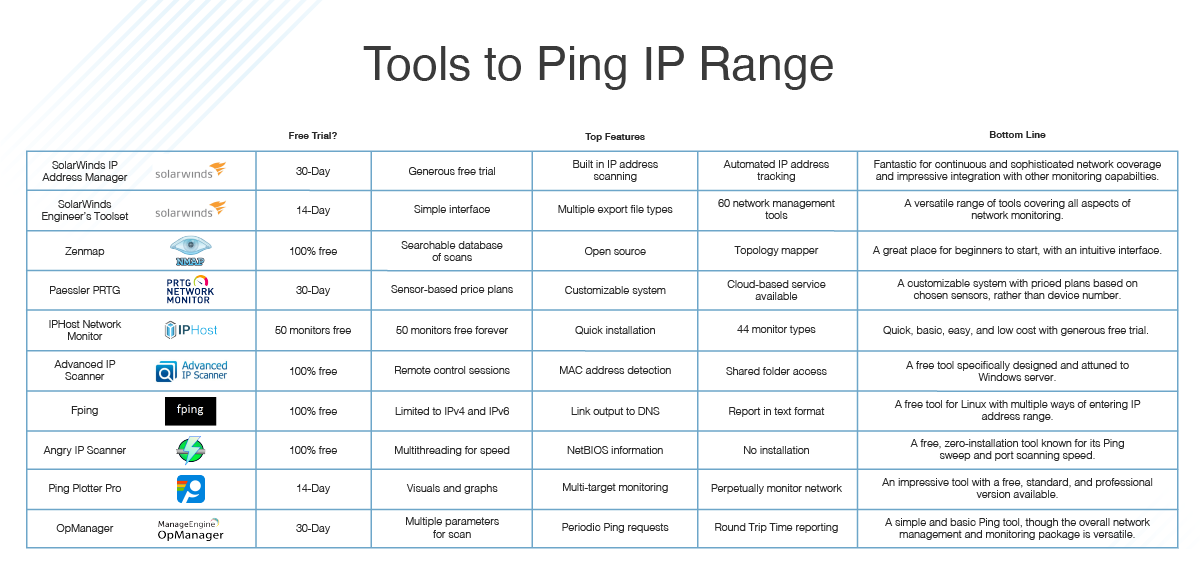
You can list all of the interfaces with the command: ifconfig -aįor enabling/disabling an interface use the following commands: ifconfig eth1 down The Wi-Fi interface has an IP address of 192.168.43.111 which is the IP address of my machine over the wireless network. It is a special virtual network interface used to communicate with processes running on the local machine, without using the network. I can see two ethernet interfaces ( eth1 and eth2) and a Wi-Fi one as well ( wifi0). TX packets:0 errors:0 dropped:0 overruns:0 carrier:0Įth2 Link encap:Ethernet HWaddr 00:50:56:c0:00:08 RX packets:0 errors:0 dropped:0 overruns:0 frame:0 UP BROADCAST RUNNING MULTICAST MTU:1500 Metric:1 Ifconfig Output eth1 Link encap:Ethernet HWaddr 00:50:56:c0:00:01 Let’s see what interfaces I have on my machine: ifconfig You can also disable/enable a specific interface and assign static IP addresses to them. This command helps you to list your interfaces and show information about each of them. It is a popular command used to find out the IP address of a machine. Ifconfig stands for Interface Configuration. Ifconfig – List and Configure Network Interfaces curl – Transfer Data From or To a Server With Many Supported Protocols.ssh – Log Into Remote Machines and Execute Commands on Them.nmap – Network Exploration Tool and Security/Port Scanner.traceroute – Find Route Taken by Packets Across the Network.

route – Display and Modify the IP Routing Table.netstat – Display Listening Ports, Along with Incoming/Outgoing Network Connections.dig – DNS Lookup Utility That Provides More Detailed Domain Info.nslookup – Find the IP Address of a Hostname and Vice Versa.whois – Get Whois Information on Domain Names.ping – Check Connectivity/Reachability or DNS Resolution.ifconfig – List and Configure Network Interfaces.


 0 kommentar(er)
0 kommentar(er)
